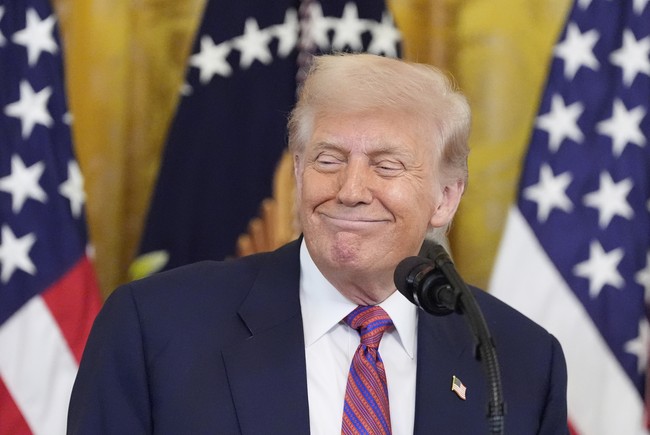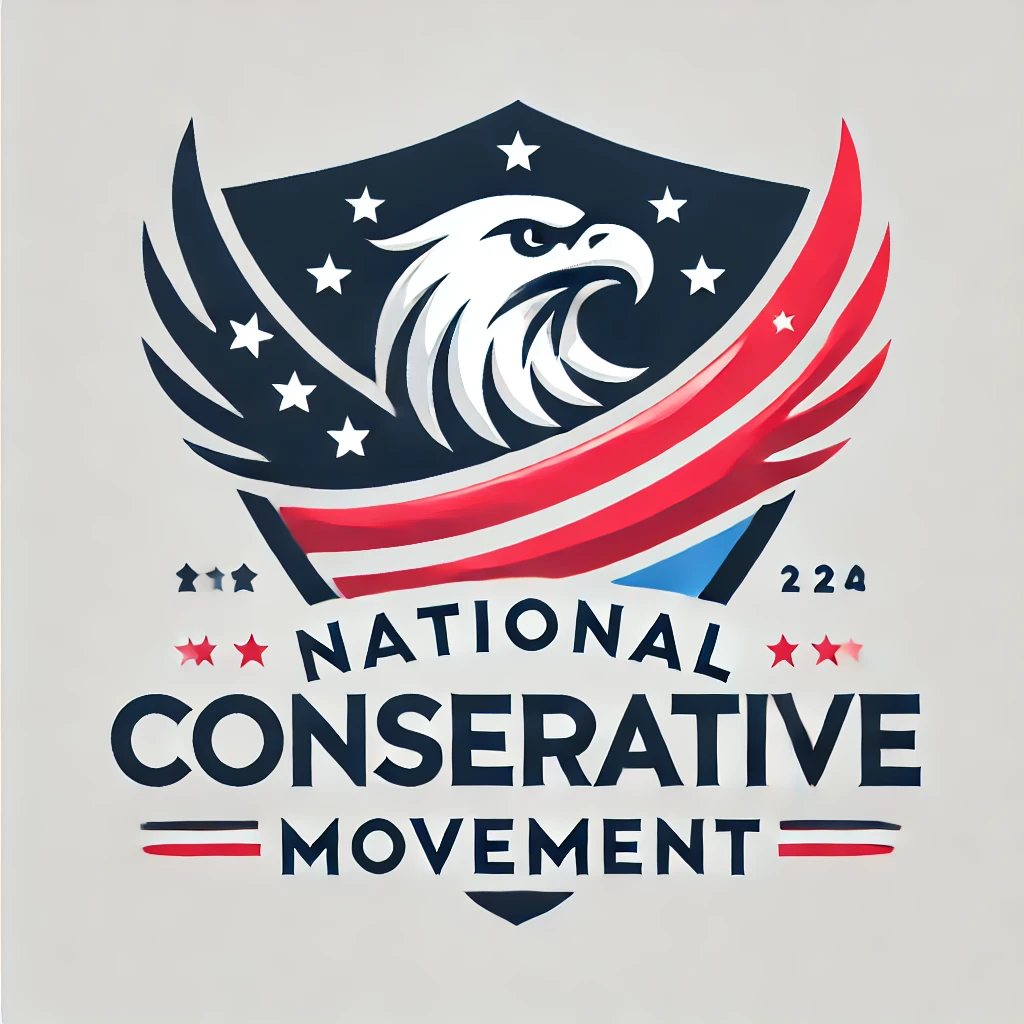
Call this the first true significant win for Donald Trump on tariffs. Previously, Trump had scored a few deals with more minor trading partners; a few hours earlier, the White House had announced trade deals with the Philippines and Indonesia, both at 19% tariff rates. The larger trade pacts had yet to be completed, and no one knew what those would look like.
Until last night, that is. Japan has agreed to sign a deal with 15% tariffs on imports to the US, plus has pledged a $550 billion investment in American operations:
Japan’s trade agreement with the U.S. could serve as the benchmark for many other deals currently being negotiated with Washington, and the global economy could just about support the 15% level agreed overnight, economists said.
Tokyo’s deal with the U.S. lowers tariffs on auto imports to 15% from levies totalling 27.5% previously. Duties that were due to come into effect on other Japanese goods from August 1 will also be cut to 15% from 25%.
The deal with the world’s fourth-largest economy, which includes commitments for U.S.-bound investment and loans, is the most significant of a clutch of pacts U.S. President Donald Trump has concluded to date. It raises pressure on China and the European Union, which both face crucial August deadlines.
The Reuters report mainly leans into pessimism, with their analysts crediting this deal only with causing less damage than might have otherwise taken place at this tariff rate. The markets, however, have a much different reaction this morning. The Wall Street Journal notes that even European markets are jumping upward, now that the rough parameters of what Trump wants from major trading partners has come into focus:
Stock futures and global markets rose early Wednesday on the news of a U.S.-Japan trade agreement, with international auto stocks getting an extra boost.
The U.S. will levy 15% tariffs on Japanese goods, President Trump said, with tariffs at the same level on the country’s critical auto industry. In addition, Japan will invest $550 billion in America.
The news raised hopes for similar agreements with U.S. trading partners that are major car producers and yet to strike deals. Automakers such as Korea’s Hyundai and Germany’s Volkswagen rallied, while both Toyota and Honda notched double-digit percentage gains in Japan.
Trump took a victory lap last night at the White House, and offered an explanation of the $550 billion investment commitment from Japan:
We just completed a massive Deal with Japan, perhaps the largest Deal ever made. Japan will invest, at my direction, $550 Billion Dollars into the United States, which will receive 90% of the Profits. This Deal will create Hundreds of Thousands of Jobs — There has never been anything like it. Perhaps most importantly, Japan will open their Country to Trade including Cars and Trucks, Rice and certain other Agricultural Products, and other things. Japan will pay Reciprocal Tariffs to the United States of 15%. This is a very exciting time for the United States of America, and especially for the fact that we will continue to always have a great relationship with the Country of Japan. Thank you for your attention to this matter!
For their part, Japanese officials also celebrated the deal:
“The government was determined to protect national interests,” [Prime Minister Shigeru] Ishiba told reporters Wednesday morning in Tokyo.
The deal “will lead to Japan and the U.S. working together to create jobs, produce high-quality goods, and contribute to fulfilling various roles in the world going forward,” he added.
Tokyo’s chief negotiator, Ryosei Akazawa, wrote “mission accomplished” on his personal X account, sharing a photo of himself pointing to a picture on a White House stairway depicting Ishiba in discussion with Trump during the G-7 summit in Canada in June.
Trump has more reason to celebrate, and trading partners more reason to exhale. Now that we have the first major and complete trade deal on the books, the general parameters of Trump’s plans are clearer. He is envisioning 15%-20% tariffs on imports depending on the amount of trade each partner does with the US, and reinvestment in the US from our larger trading partners — along with concessions on US imports into their markets. That may not be optimal for our trading partners, but it is reasonable, and it is a framework that allows them to negotiate more confidently.
One has to wonder whether this framework will apply to China, however. Trump has argued at times that China is a special case, and that its trade violations (and other crimes) should result in isolation not just by the US but the entire world. Trump says he plans to meet with Xi soon, so we may get an answer to that question even before the EU can cut a deal — although with the August 1 deadline approaching, no one has too long to use a wait-and-see strategy.











